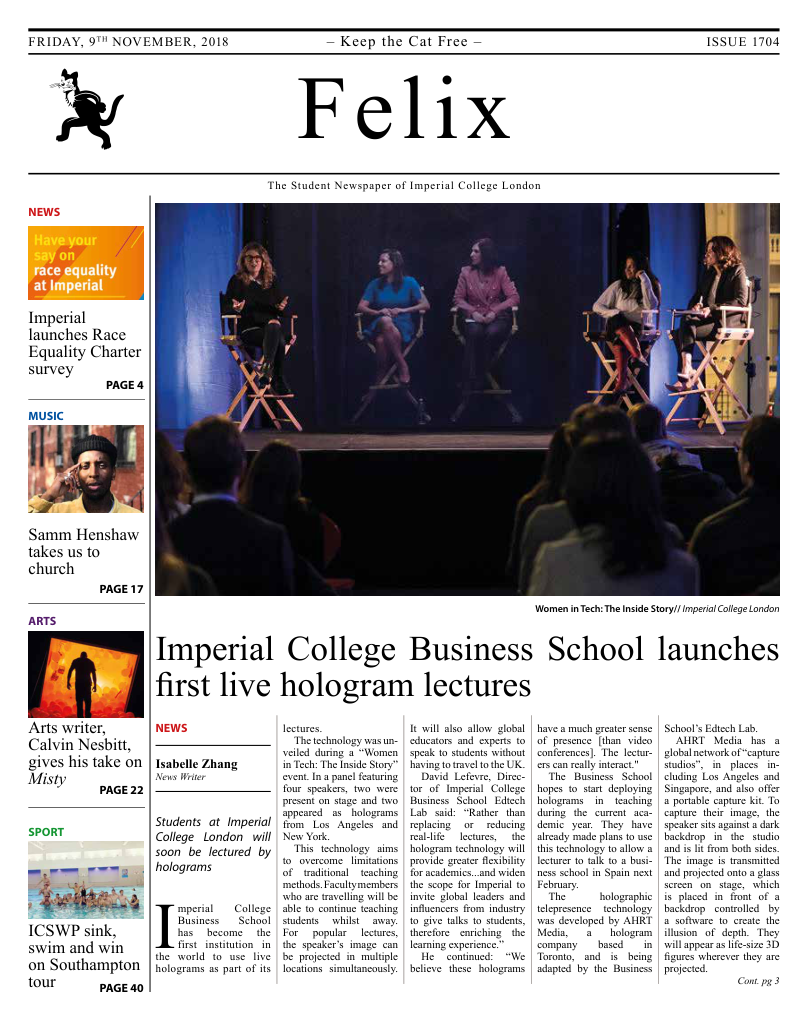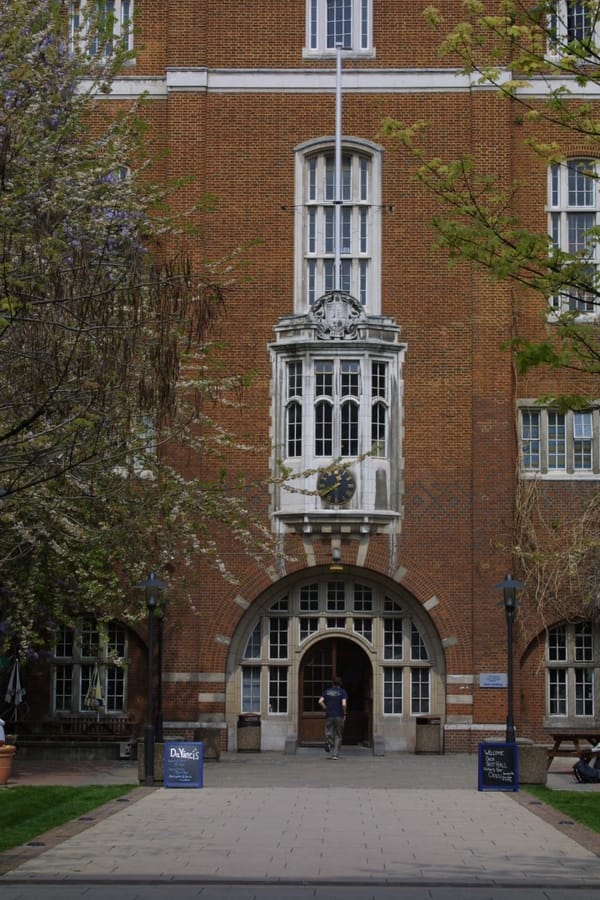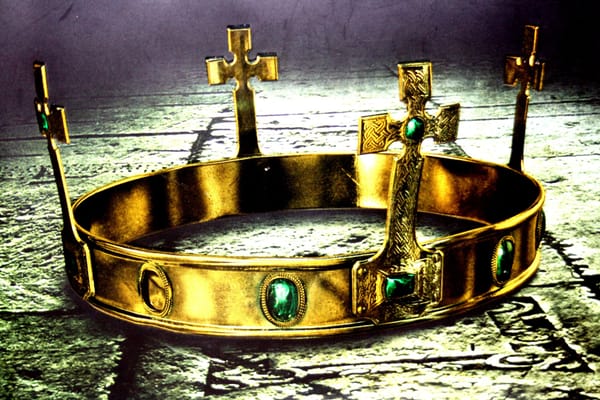European museum of the year resting on its laurels
While showcasing its image as a champion of equality, development and growth, the Design Museum’s actions implicitly show us that perhaps that’s not quite the case

In May of this year, the design museum, that resides a mere 15-minute walk away from our South Kensington campus, won the award for European museum of the year. Sat between a Byron burgers and the peacocks of Holland park, it became the 7th British museum to do so in the 41 years that the prize has been given out.
Just a few months later the museum came under scrutiny for hosting an event for the Italian aerospace and defence industry giant Leonardo. This culminated in a third of the works being pulled from the exhibition Hope to Nope, which was taking place in the museum at the time. The exhibition was showcasing political posters from the past ten years, and many of the artists felt that the spirit of their work, much of which was supporting peace and denouncing weapons manufacturing, was being completely trampled on by the museum’s actions. The situation ended with the museum waiving the entry fee for the remaining duration of the exhibition.
It seems like being out of touch is becoming a theme for the museum, though, as I was able to experience first hand last weekend at the Beazley designs of the year exhibition. The exhibition offers many exquisite designs, and is quite the inspirational way to spend an afternoon. It starts off with designs promoting environmental sustainability, and then weaves its way through many different areas of design, from fancy clothes and glow-in-the-dark plants to the hyperloop. The message that I felt the museum was trying to push was one of progressive design. All the proper buzzwords were there, and some of the most daring designs truly were boundary-pushing and promised to benefit society. In the fashion section, there were clothes from a Spanish fashion designer who made an entire collection for men using traditionally female elements, as well as a fashion line that was completely unisex. Both pieces told a story of blurring lines between the genders, and how a more fluid fashion landscape might help with gender-related discrimination.
A few metres on was a display case featuring care packages from Choose Love, a website allowing people to buy resources for refugees, hoping that an approach where a donation results in a tangible object being given directly to a refugee will spur on more people to donate.
Imagine my surprise when I saw, right next to the Choose Love display case, displays showing off the Qatari national library and the Abu Dhabi Louvre. Both of these are fundamentally at odds with the aforementioned designs. The institutionalised oppression of the LGBT+ community and women in the Emirates and Qatar is widely known, but there is a much larger problem with featuring their designs. Both of these projects were reported to be built on modern slave labour, including reports by Amnesty International and Human Rights Watch. It is also extremely ironic that the main sponsor of the exhibition, Beazley insurance, has a disclaimer about not supporting slave labour at the bottom of their website.
I don’t know whether the solution is to remove these designs from the exhibition. But showing off a pretty time-lapse of the construction of the Louvre does not tell the whole story. Perhaps someone can make it an art project to superimpose a death count of mistreated migrant workers, with their passports confiscated and their lives in disarray, onto the video, and send that to the design museum.








